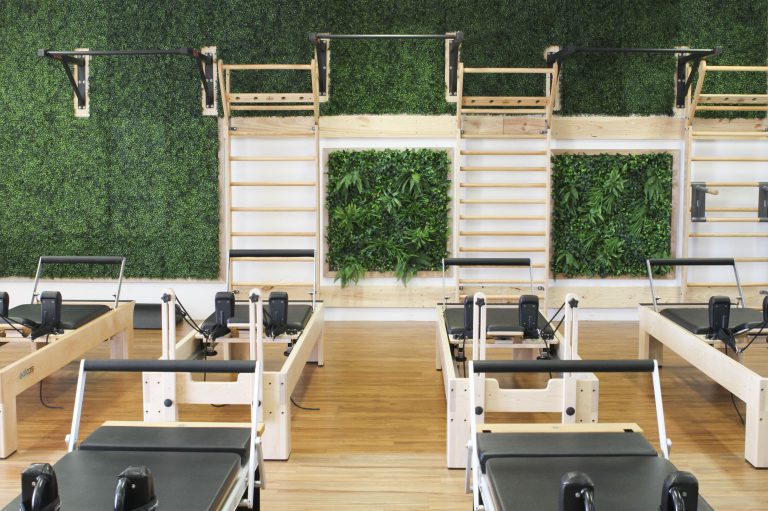The Achilles, some may argue rose to fame alongside Brad Pitt in the Movie Troy, can be your worst enemy when inflamed and in pain. Anyone who has suffered Achilles Tendinopathy can agree that the pain and consequential hindrance from enjoying the activities that we like to do can get you down.
Achilles Tendinopathy is an inflammatory condition of the Achilles Tendon in which there is pain and discomfort over the posterior heel or the mid tendinous portion of the Achilles Tendon. It often occurs due to overloading in sporting activities that involve running and jumping. It becomes more of a risk in the active population over the age of 30.
Achilles tendinopathy is usually a condition with a gradual progressive onset, worsening over time . In some instances however it can be a sudden overstretching of the tendon that leads to inflammation, pain and dysfunction.
The Achilles Tendon acts as the “pulley” for the calf muscles allowing them to move the ankle joint and is used to propel us forward during walking, running and to some extent jumping.
Five sure ways to manage Achilles Tendinopathy
In order to effectively treat Achilles Tendinopathy here are the 5 major components that need to be addressed to get the best possible outcome.
- Reduce the inflammation
Achilles Tendinopathy is a chronic inflammatory condition. In order to allow the pain to settle and to promote healing the first thing to address is to reduce or break the cycle of inflammation.
Things that can help:
- Rest and ice
- Topical anti-inflammatory lotion
- Non-steroidal anti-inflammatory medication
- Stop pulling on the tendon
Tendon’s don’t like having excessive or continuous tensile load placed on them. If the tendon is being passively or actively lengthened or pulled on it will hinder the healing process.
Things that can help:
- Foam rolling, massage or dry needling of the calf muscles
- Avoid taking the foot past neutral in a dorsiflexion (upward) direction
- Use heel raise insert in shoes to offload the tendon when walking and standing
- Stop squashing the tendon

On the other side of the spectrum tendons don’t like being compressed. Just as excessively stretching or pulling on the tendon can cause further tendon irritation and inhibit healing, compressing the tendon itself will do the same.
Things that can help:
- Avoid rubbing or massaging the tendon itself, focus on the muscles for soft tissue release instead
- Avoid shoes that compress the heel over the tendinous painful area
- Use semi-compressed felt to provide a barrier at the back of the heel
- Isometric strengthening of the calf muscles
As the calf muscles are the muscles directly attached to the Achilles Tendon and responsible for the movement of pointing the toes, it makes sense that they are the big ticket muscle group to address when rehabilitating an Achilles injury. The best exercise to do initially to promote healing of the tendon and providing pain relief is isometric heel raises. Isometric heel raises refers to a stationary contraction of the muscles without moving up and down. This limits the risk for excessive tensile or compressive load in the initial stages.
You can do this standing on the edge of the step with 5 second holds, x10, x2-3 per day usually a good starting point.

- Gradual return to activity
Following any injury there is associated deconditioning of muscles and connective tissue. As Achilles injuries usually occur from overuse activities, it is important to return to set activity gradually. In order to allow the muscles and tendons to strengthen sufficiently it is recommended that a gradual graded return to activity is followed. A good rule of thumb is to increase you’re overload load or activity levels by 20% per week.
Hopefully these 5 easy interventions will help you manage pain and discomfort caused by your Achilles, and get you back into action in no time.
Chris Nel
Physiotherapist


